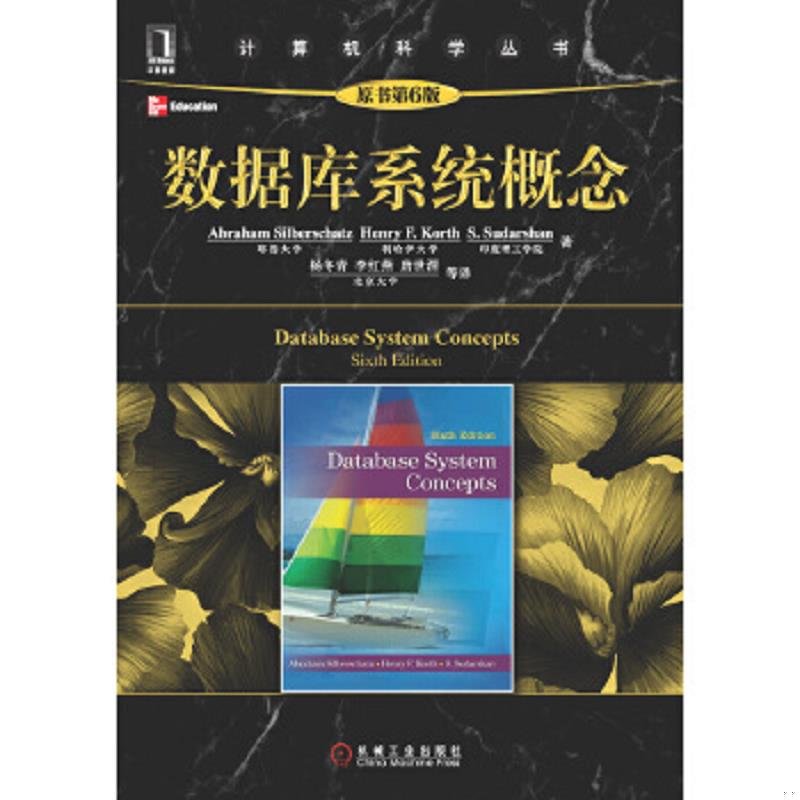1.使用游标FOR循环
--不需要声明v_bookname,Open和Close游标和fetch操作(不用打开游标和关闭游标,实现遍历游标最高效方式)
declare
cursor c_book(i_id number) is select bookname from book where id = i_id;
begin
for cur in c_book(10) loop --循环变量cur不需要声明
update book set price = '53' where bookname = cur.bookname;
end loop;
end;
2.在游标FOR循环中直接使用子查询
begin
for emp_record in (select ename,sal from emp) loop
dbms_output.put_line(emp_record.ename);
end loop;
end;
三、使用游标更新或删除数据
要通过游标更新或删除数据,在定义游标时必须要带有FOR UPDATE子句
cursor cursor_name(parameter_name datetype) is select_statement for update [of column_reference] [nowait];
- for update子句:用于在游标结果集数据上家行共享锁,防止其他用户在相应行执行DML操作
- of子句:确定哪些表要加锁,没有OF子句,则在所引用的全部表上加锁
- nowait子句:用于指定不等待锁
- 必须在UPDATE后DELETE语句中引用WHERE CURRENT OF子句
update table_name set column=.. where current of cursor_name;
delete table_name where current of cursor_name;
declare
cursor emp_cursor is select ename,sal from emp for update;
v_ename emp.ename%type;
v_sal emp.sal%tyep;
begin
open emp_cursor;
loop
fetch emp_cursor into v_ename,v_oldsal;
exit when emp_cursor%notfound;
if v_oldsal<2000 then
update emp set sal=sal+100 where current of emp_cursor;--delete from emp where current of emp_cursor;
end if;
end loop;
close emp_cursor;
end;
四、通过bulk collect减少loop处理的开销
将查询结果一次性加载到集合中,而不是一条一条的加载。
(1)在显示游标中,使用FETCH..BALK COLLECT INTO语句提取所有数据
declare
cursor emp_cursor is select ename from emp where deptno=10;
type ename_table_type is table of varchar2(10);
ename_table ename_table_type;
begin
open emp_cursor;
fetch emp_cursor bulk collect into ename_table;
for i in 1..ename_table.count loop
dbms_output.put_line(ename_table(i));
end loop;
close emp_cursor;
end;
(2)游标中使用FETCH..BULK COLLECT INTO ..LIMIT语句提取部分数据
declare
type name_array_type is varray(5) of varchar2(10);
name_array name_array_type;
cursor emp_cursor is select ename from emp;
rows int:=5;
v_count int:=0;
begin
open emp_cursor;
loop
fetch emp_cursor bulk collect into name_array limit rows;
dbms_output.pur('雇员名');
for i in 1..(emp_currsor%rowcount-v_count) loop
dbms_output.put(name_array(i)||' ');
end loop;
dbms_output.new_line;
v_count:=emp_cursor%rowcount;
exit when emp_cursor%notfound;
end loop;
close emp_cursor;
end;
五、使用游标变量
PL/SQL的游标变量中存放着指向内存地址的指针.
1.游标变量使用步骤
包括定义游标变量,打开游标,提取游标数据,关闭游标等四个阶段
1.1定义ref cursor类型和游标变量
type ref_type_name is ref cursor [return return_type]; cursor_varibale ref_type_name;
当指定RETURN子句时,其数据类型必须是记录类型,不能在包内定义游标变量
1.2打开游标
open cursor_variable for select_statement;
1.3提取游标数据
fetch cursor_varibale into variable1,variable2,...; fetch cursor_varibale bulk collect into collect1,collect2,...[limit rows]
1.4关闭游标变量
close cursor_varibale;
2.游标变量使用示例
1、在定义FEF CURSOR类型时不指定RETURN子句
在打开游标时可以指定任何的SELECT语句
declare
type emp_cursor_type is ref cursor;
emp_cursor emp_cursor_type;
emp_record emp%rowtype;
begin
open emp_cursor for select * from emp where deptno=10;
loop
fetch emp_cursor into emp_record;
exit when emp_cursor%notfound;
dbms_output.put_line('第'||emp_curosr%rowcount||'个雇员: '||emp_record.ename);
end loop;
close emp_cursor;
end;
2、在定义REF CURSOR类型时指定RETURN子句
在打开游标时SELECT语句的返回结果必须与RETURN子句所指定的记录类型相匹配.
declare
type emp_record_type is record(name varchar2(10),salary number(6,2));
type emp_cursor_type is ref cursor return emp_record_type;
emp_cursor emp_cursor_type;
emp_record emp_record_type;
begin
open emp_cursor for select ename,sal from emp where deptno=20;
loop
fetch emp_cursor into emp_record;
exit when emp_cursor%notfound;
dbms_output.put_line('第'||emp_curosr%rowcount||'个雇员: '||emp_record.ename);
end loop;
close emp_cursor;
end;
到此这篇关于Oracle中游标Cursor用法的文章就介绍到这了。希望对大家的学习有所帮助,也希望大家多多支持。





